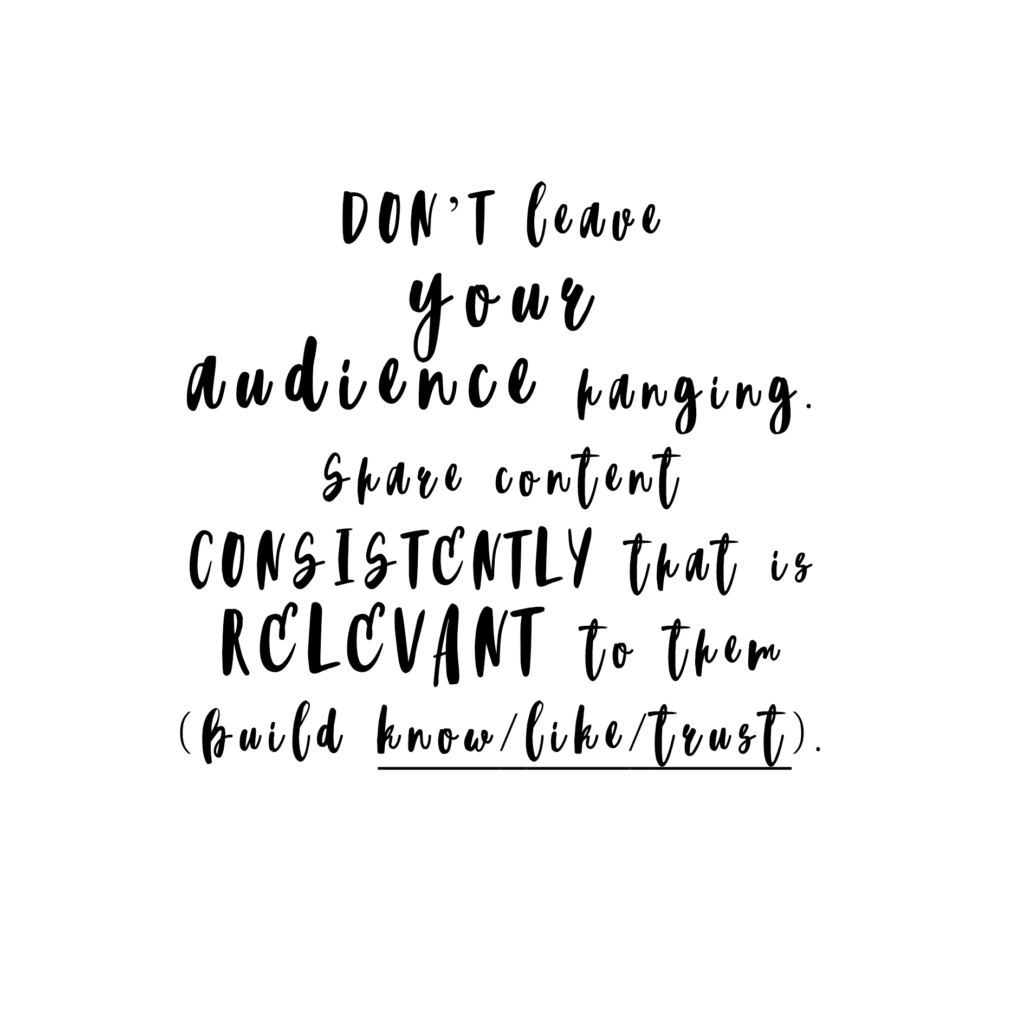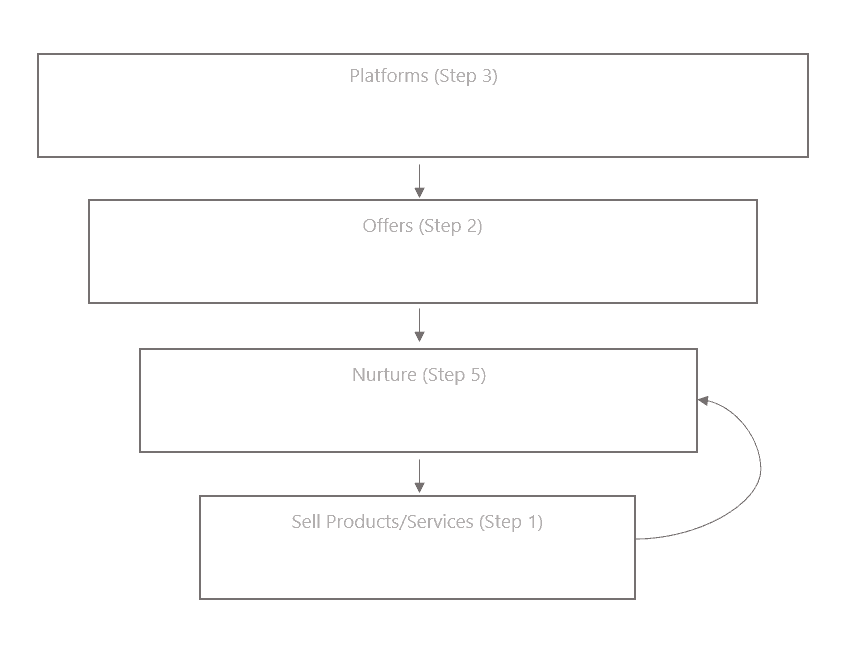If you don’t have the budget for a professional digital marketing strategy, I get it. These things can be expensive and not within budget for a lot of small businesses and solopreneurs. But that doesn’t mean you shouldn’t have one.

You can do one yourself and be fairly effective, and in fact, since you know your business and audience better than anyone, doing it yourself can have many advantages.
Since you know your business and audience better than anyone, doing it yourself can have many advantages. #DIYMarketing Click To TweetFirstly though, let’s tackle an important question. Why the digital marketing focus and not traditional methods? In short…
- It’s usually more cost-effective
- More scalable (great for small businesses)
- Often easier to target your audience
- Sometimes automated (get leads while you sleep)
- You don’t have a choice if you want to survive (sorry!)

Today I want to try and walk you through some steps to laying out your digital marketing strategy on paper. I’ve done this in the past in workshops and find it to be a great introduction or refresher for many business owners. So yep – grab a pen and paper… or open up a fresh Word document and get writing.
Just work through the steps and at the end, you’ll have something you can refer to on an ongoing basis.
- Choose a goal. What are you selling?
Write this down. Be as specific as possible. If you have multiple products or services, it can help to pick your most profitable/popular one to give your strategy better focus.
- Choose an offer you can promote.
Write down your offer. The higher the perceived value, the better. Some examples could be a coupon, free download, consultation, competition, free online resource, book, DVD, etc.
- Choose your platforms.

Make sure your business is able to be found on the platforms your audience is likely to use. Here are some possible platforms you might write down:
- Website
- Blog
- Mobile App
- Google AdWords (Paid)
- Google (Organic)
- YouTube
- Google Plus/Places
- Tumblr
- Snapchat
- Guest Blogs
- News Articles (PR)
- Podcasts
- Facebook Ads
- YouTube Ads

- Promote Your Offer
Take your offer (from step 2) and promote it on the platforms you selected in step 3. Start with organic (free) and some paid advertising – test and adjust for effectiveness.
- Nurture Your Audience and Keep in Touch
Thanks to your offer, you have now built an audience. Don’t leave them hanging. Share content consistently that is relevant to them (build know/like/trust). Write down a few content ideas that would work for your audience.

Examples include:
- Inspiring quotes
- Tips
- Videos
- Funnies
- News
- Amazing Places
- Travel Inspiration
- Behind the Scenes
- Blog Articles
- Audio
- Educate Your Audience (About Your Products)
This doesn’t mean you should be “salesy”. Focus on nurturing through your platforms. Your audience will buy from you if they trust you and when they are ready. Some ways you might educate are:
- New portfolio items
- Client testimonials
- Beautiful images of products in-action
- Talk about how the product/service will make them “feel”
- Stories from your work
- Keep in Touch
After the sale happens, don’t go quiet. Many of your customers will buy from you again or recommend you to family/friends. Keep the content coming even after they have purchased.
Make sure your business is able to be found on the platforms your audience is most likely to use. #marketing #tip Click To Tweet- Test and Measure
Ask every new customer/lead where they found out about you. Re-focus your time, energy, and content on the digital marketing platforms that are getting the most leads for the least cost. Here are some things you should consider tracking:
- Ask each customer or lead how they heard about you
- Social media numbers
- Database growth
- The number of people who take up your offer
- The conversion from offer to final sale
- How much customers/clients from different sources spend
- How much it costs you per lead
- Lifetime customer spend
Marketing Funnel/Flowchart

How do these strategies all fit together? Rewrite your answers from the above steps into the correct boxes below. You will see a flowchart which your customers will follow from the first point of contact they make with your business, through to making a sale (and beyond).

Action Plan
Now that you’ve worked through the steps and written your answers down, I thought I’d summarise them here for you in one spot so that you have an action plan for your digital marketing strategy.
- Finalise my offers
- Sign up for and create accounts on your chosen platforms
- Create and schedule engaging content on your platforms
- Promote your offer on your platforms
- Grow your audience/database
- Nurture your audience through continued high value content
- Educate them on your products/services
- Make some sales
- Continue to nurture
- Test and Measure
Now, make like Nike and Just Do It.

I’d love to know if you end up using this and if it works well for your business. Or what other techniques do you use to strategise your digital marketing?
Cheers,
Angela
Great blog Angela, thanks for sharing! I came across your blog via my Client - the lovely https://www.linkedin.com/in/kerriminkie/ Small world and great to see awesome content like this 🙂
Ohh thank you so much, Marlie! Small world indeed, this biz world! Kerri is just lovely. I'm going to stalk you down on LinkedIn so we can connect there too. 🙂